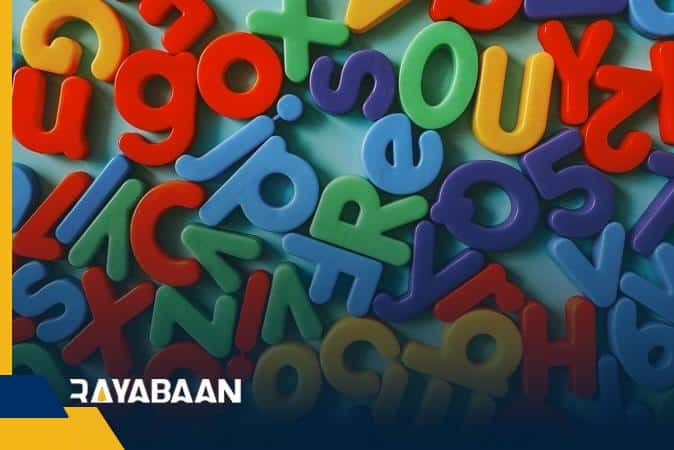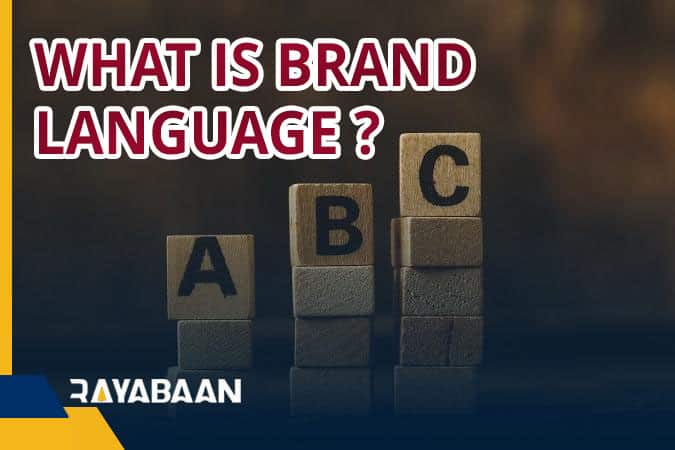What is brand language ?

What is the authenticity of a brand and a brand language?

The main components of the brand language
As discussed above, the main components of brand language are two things:
- word field
- Oral language and gender
As a brand owner, you need to identify keywords that are relevant to your brand. Several factors are involved in defining these terms. Use these keywords when writing ads and… over time builds these words into your brand.
The tone and dialect of the brand can be determined according to the archetype (personality type). Is your brand humorous and fun, with personality and spirit? Then use wit and a great tone of communication. Conversely, if your brand has a smart and knowledgeable personality type, use a tone and dialect that matches your brand identity in your advertising and content production.
What is brand authenticity and what does it have to do with brand language?
The social management of a brand focuses on the audience’s stereotypes and perceptions of the brand they first encounter. You must be asking the question, what is brand authenticity?
A person’s credibility is the degree to which the person’s reality matches what he says, and the perception of brand authenticity is the degree to which his reflection reflects the truth. A brand may present itself as a thoroughly progressive and innovative brand through its identity structure and brand language, but when confronted, it may be seen as something else. This means that the brand lacks credibility.
What effect does brand language have on brands and brands?
Branding and branding activities seek to increase the audience’s awareness of the brand and its language by emphasizing the use of brand words and expressions, as well as tone and vocabulary. To increase awareness and expand audience relationships by becoming a brand.
Brand language in copywriting
Share your experiences with us.
